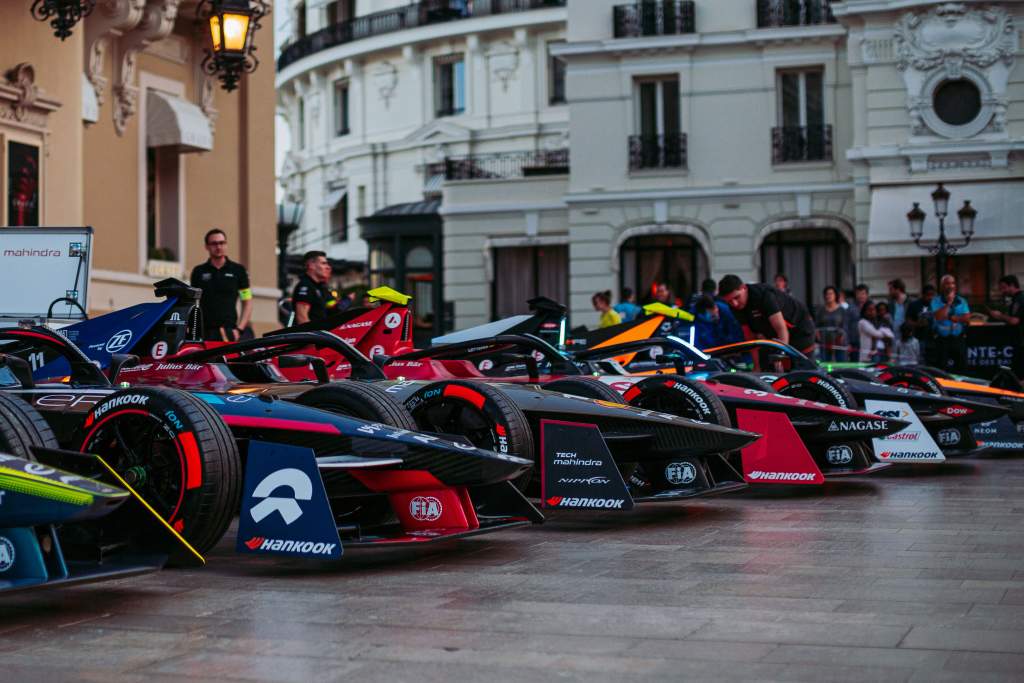Build it and they will come.
That’s very much a simplified mantra for promoters and major live sports entertainment events the world over, and its one that may just be an oversight that has outfoxed decision makers in Formula E over the last decade.
Formula E has conceived, built and delivered many excellent events. From the ambitious races in glamorous locations Paris, Rome, New York and Zurich to the more rugged yet no less enjoyable scenes of action in Punta del Este, Marrakesh and Buenos Aires, it knows how to deliver quality events.
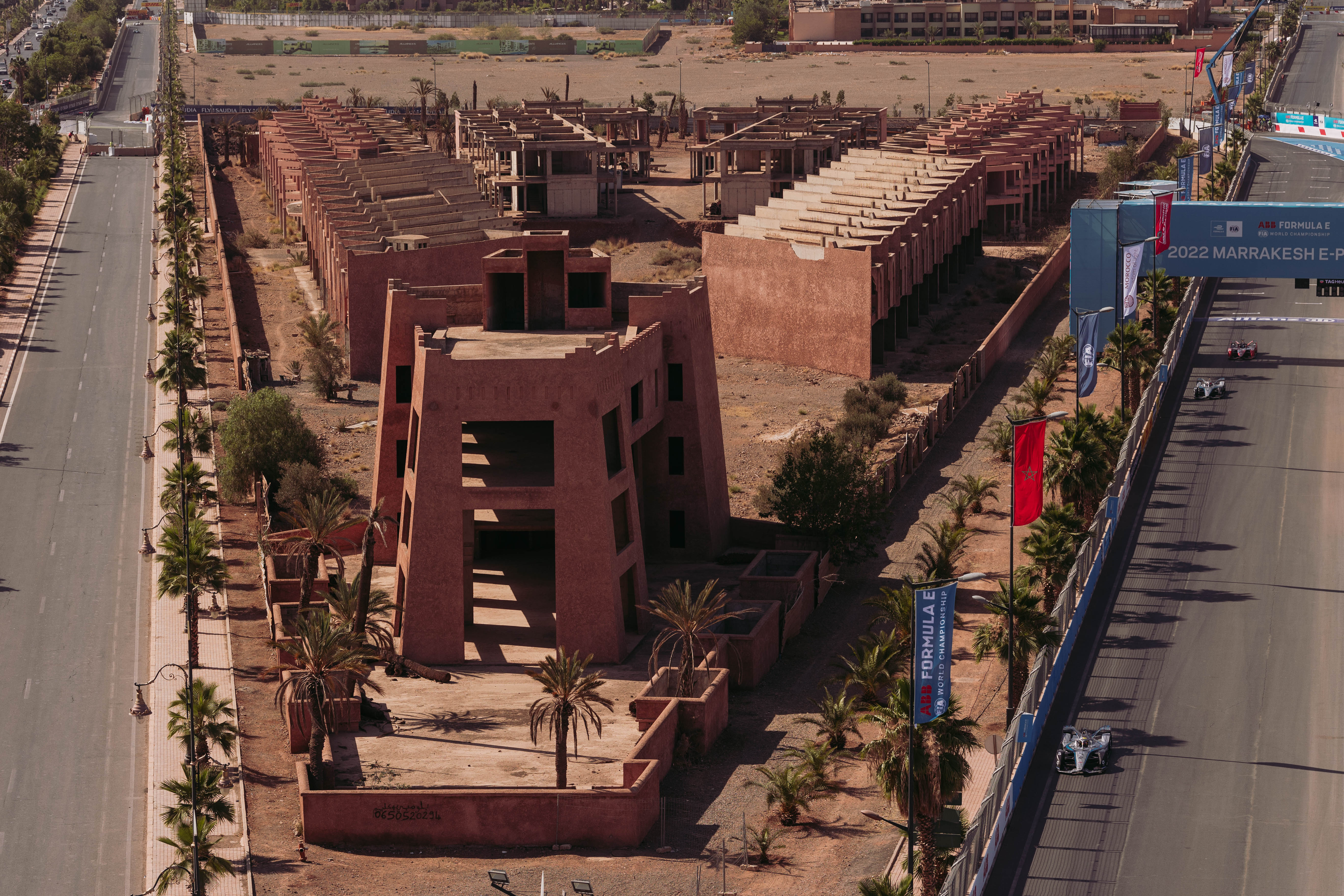
There have also been follies and duds such as Bern, Seoul, Berlin (its street race in 2016) and the stillborn Vancouver project last year. On the whole though, Formula E has been capable of building exciting and engaging events.
Sustaining them has been another matter. Hong Kong, Montreal and Zurich were three that had abundant promise to be built as something to hang a Formula E hat on. But they departed for political reasons, largely beyond the championship’s control.
This has been the persistent and problematic theme in Formula E’s schedules. The whim of national or local political change has scuppered several locations, including Santiago – which threatened to become a permanent calendar fixture until a change in governance in the Chilean capital in 2020.
At Le Mans last week, I walked much of the paddocks and surrounding infrastructure. In its sheer scale it was remarkable, probably the biggest event I and many of my experienced colleagues in the media have ever attended and worked at.
Bleeding into the enormity of the site, its facilities and attraction, was a sense that this was much more than a motor race. This was a spiritual pilgrimage that melded sport with a kind of historical festival epiphany for the 320,000 that soaked it up come rain and shine.
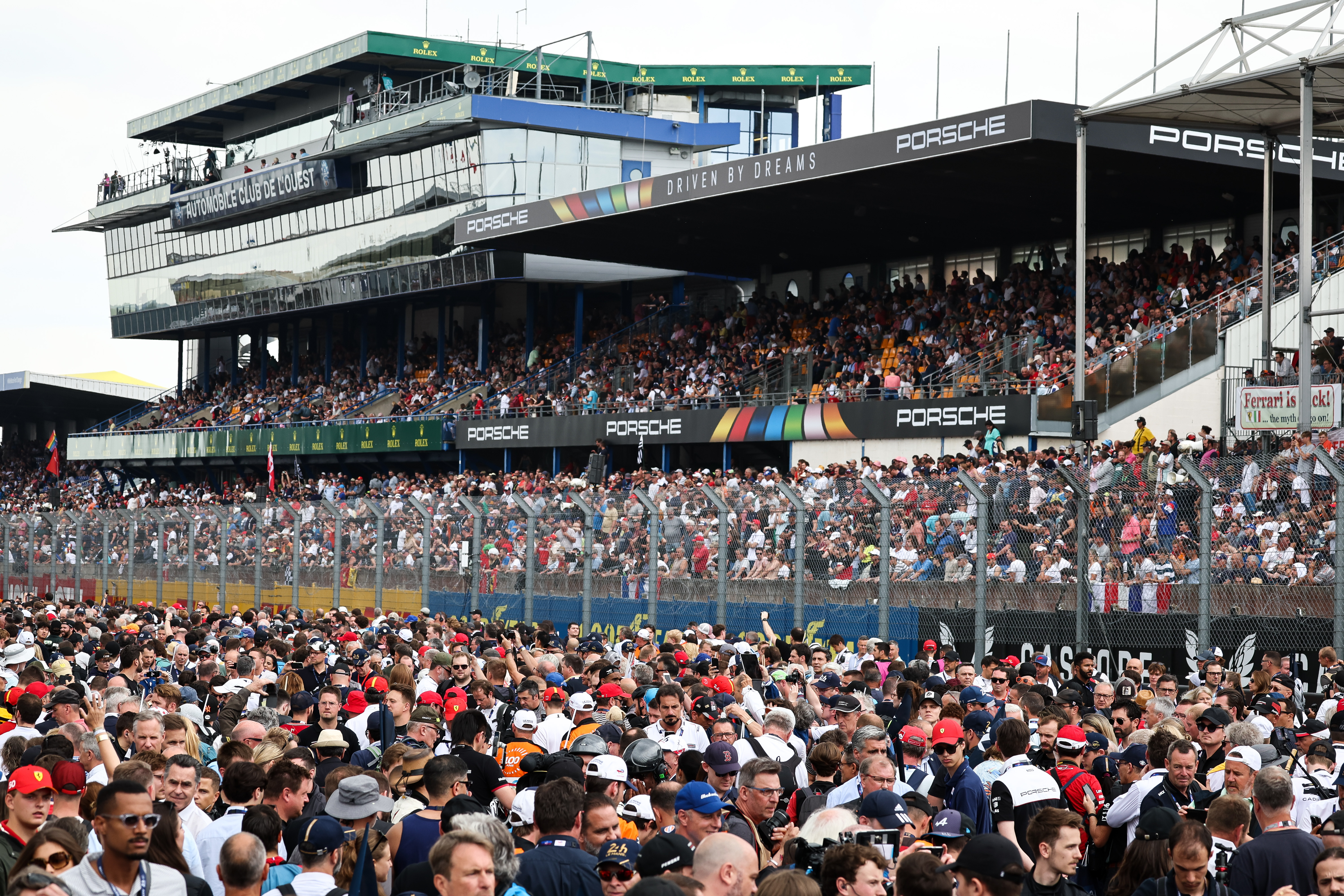
Formula E simply doesn’t have that kind of event. In my mind it needs one because as great as some E-Prixs are in their efficiency of scale and range, every live sports business should have a grandee event once a year.
Although Formula E would argue that each of its shows is a major event, it often doesn’t feel like that.
The closest it gets is probably the annual Monaco event, yet that’s hardly a race for ‘the people’ and actually very few paying punters attend the race. Plus, the E-Prix will always be in the shadow of the Formula 1 race – even if the grand prix’s own star has faded in recent years.
Diriyah runs a slick and enticing show off the track but hardly anyone attends it beyond VIPs. Mexico City attracts a good crowd of genuine race fans but at a grand prix track it’s never going to find its own unique and bespoke feel.
The closest to a true festival that Formula E can call its own, in terms of something not of this (racing) world, is the London E-Prix, which in 2023 goes into its third year at the ExCeL.
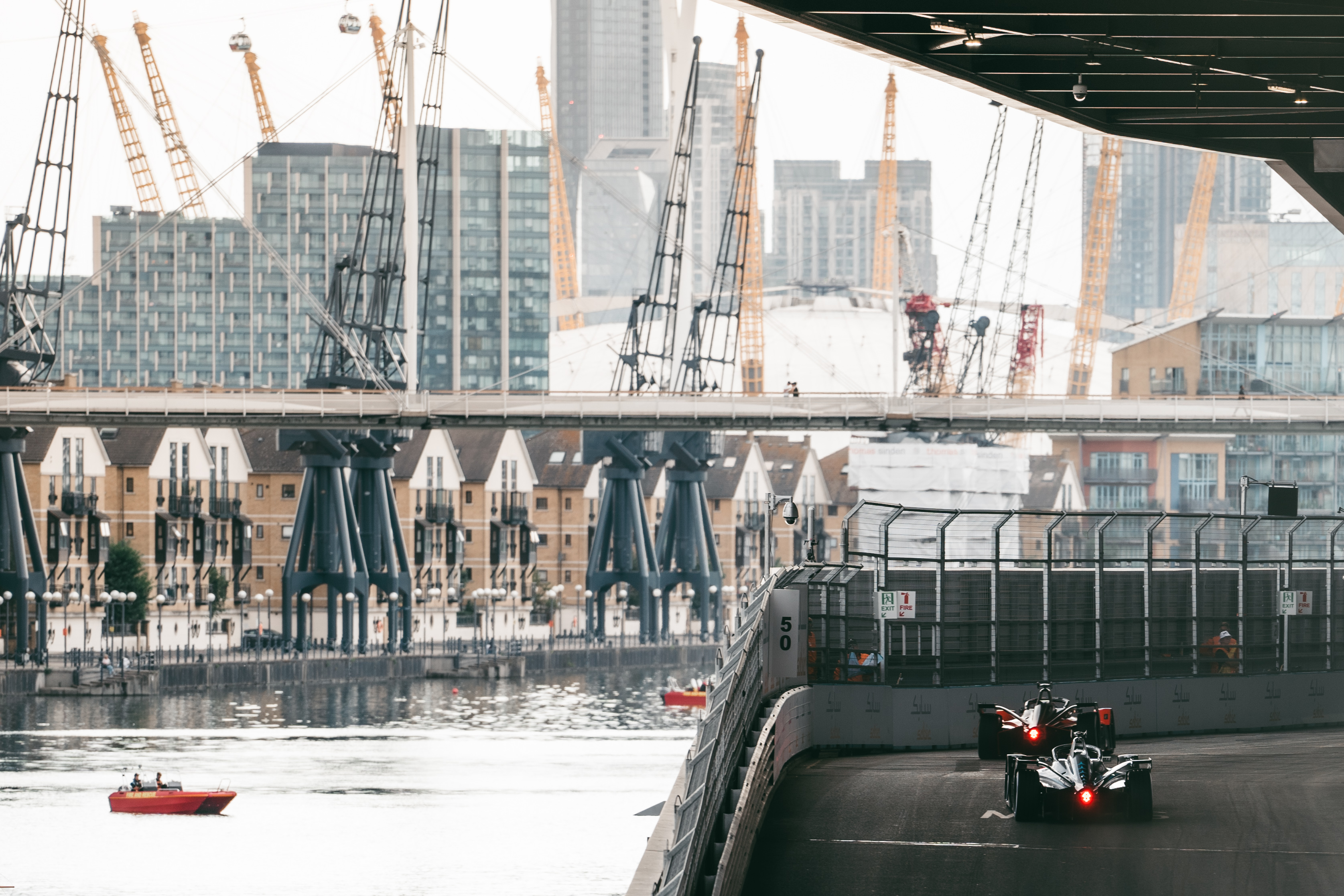
Racing inside and out of the monolithic exhibition centre’s halls, with the backdrop of the O2 Arena and Victoria Dock, makes it feel like a completely distinctive weekend.
Unfortunately, building work in the eastern portion of the location this year will mean that Formula E is unable to expand upon the capacity of the place. That means growth is limited until 2024, the final year of the original contract between ExCeL and Formula E.
There is no reason to doubt a new deal will be agreed at this stage and the strong hope will be that for consistency of moulding an event into the consciousness of punters far and wide it has a real opportunity of becoming a galvanising force for Formula E.
But can you build history and heritage in sport or does it happen organically only with time? It’s a question football club Manchester City is grappling with right now. It is tasting unrivalled success but detractors point to the fact that it has come with a massive cash injection and a creative overview of financial fair play regulations. Will its achievements be viewed the same as the red-tinged success of the 1990s and early 2000s noisy neighbour of Manchester United managed?
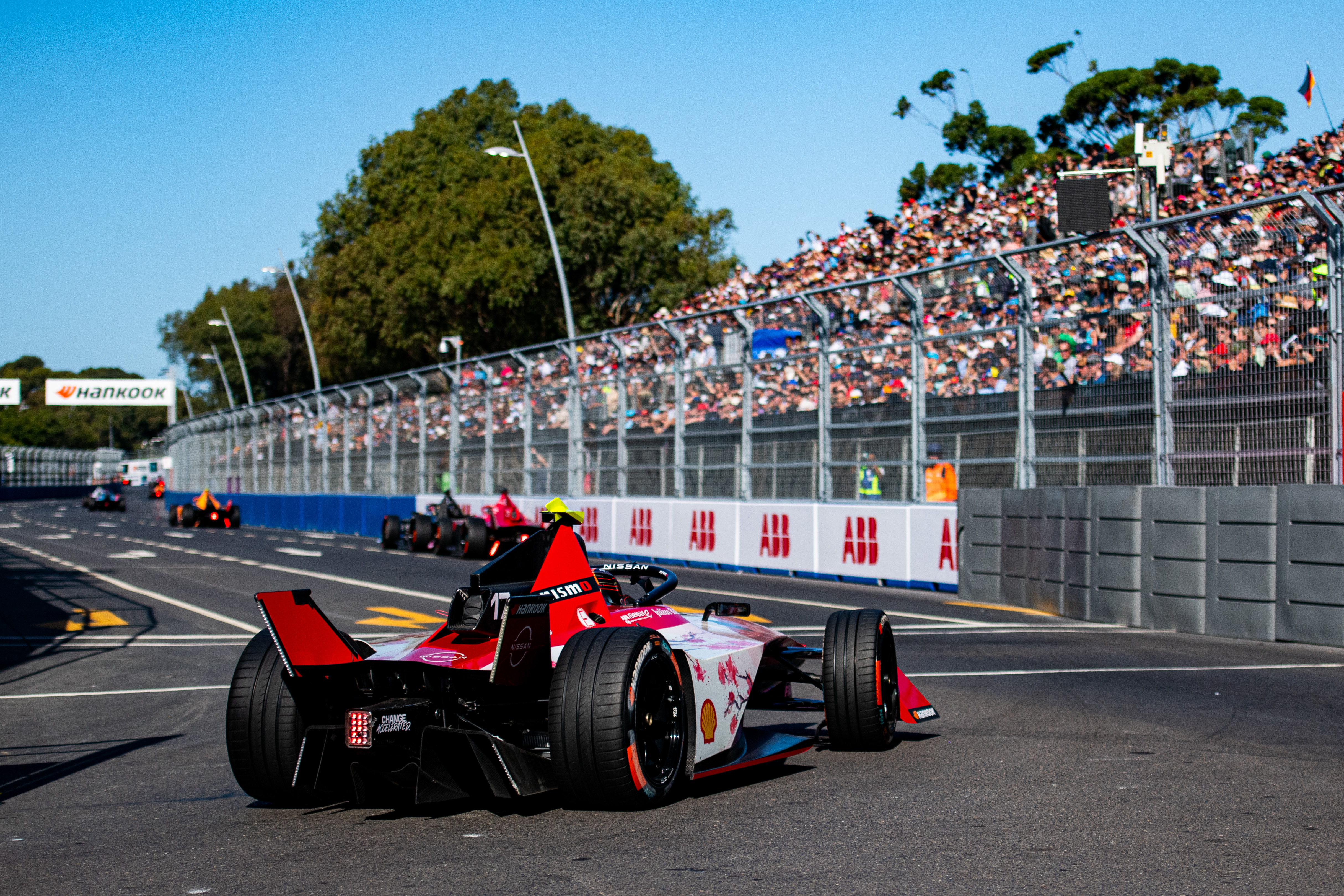
It may well be that Formula E is better off with mostly ‘pop-up’ style mega-shows like it is building with Cape Town, Sao Paulo and for next season Tokyo.
Events such as Le Mans, the Indianapolis 500, Bathurst 12 Hour and the Nurburgring 24 Hours are of a kind that just can’t be bought and replicated now or even in the short- to mid-term.
Yet Formula E can cultivate its own festivals that can absorb the thirst for inquisitive understanding of electrification and sustainable knowledge that progressive fans of the future can embrace. It doesn’t necessarily have to be a traditional ‘festival’ event.
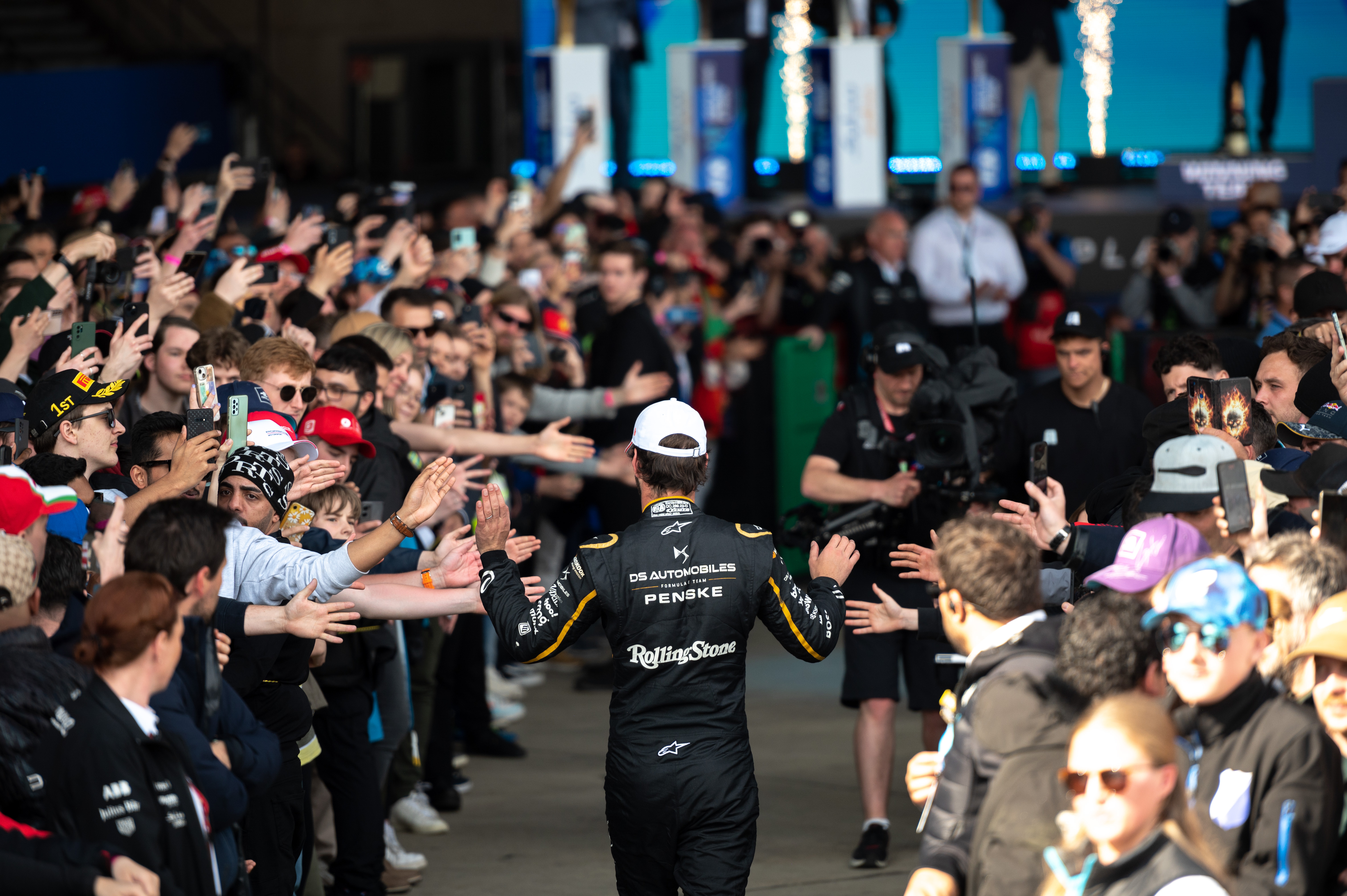
There is scope for every kind of ‘happening’ of course. Formula E has a complex model for its races and it’s often a loaded one commercially. Rumours of bailouts to local promoters of some E-Prixs persist, meaning that the calendar is still a pinwheel of races. Some pay, some don’t.
Audience-wise, Formula E’s 2022 attendances at races were up and down. Official figures show that the biggest crowd last season was 60,000 in Jakarta, the lowest 2127 in the hastily arranged Marrakesh E-Prix in early July. The average attendance was 14,559. All figures include official VIP invited attendances. The feeling is though that 2023 will be much better.
This season from a TV perspective there has been a decrease in cumulative audience. (The sum of the one-minute reach of each individual programme.)
According to official information obtained by The Race recently, across the first six rounds (Mexico, Riyadh, Hyderabad, Cape Town, Sao Paulo and Berlin) the world championship has so far had 7% less of the cumulative live audience that it had in 2022.
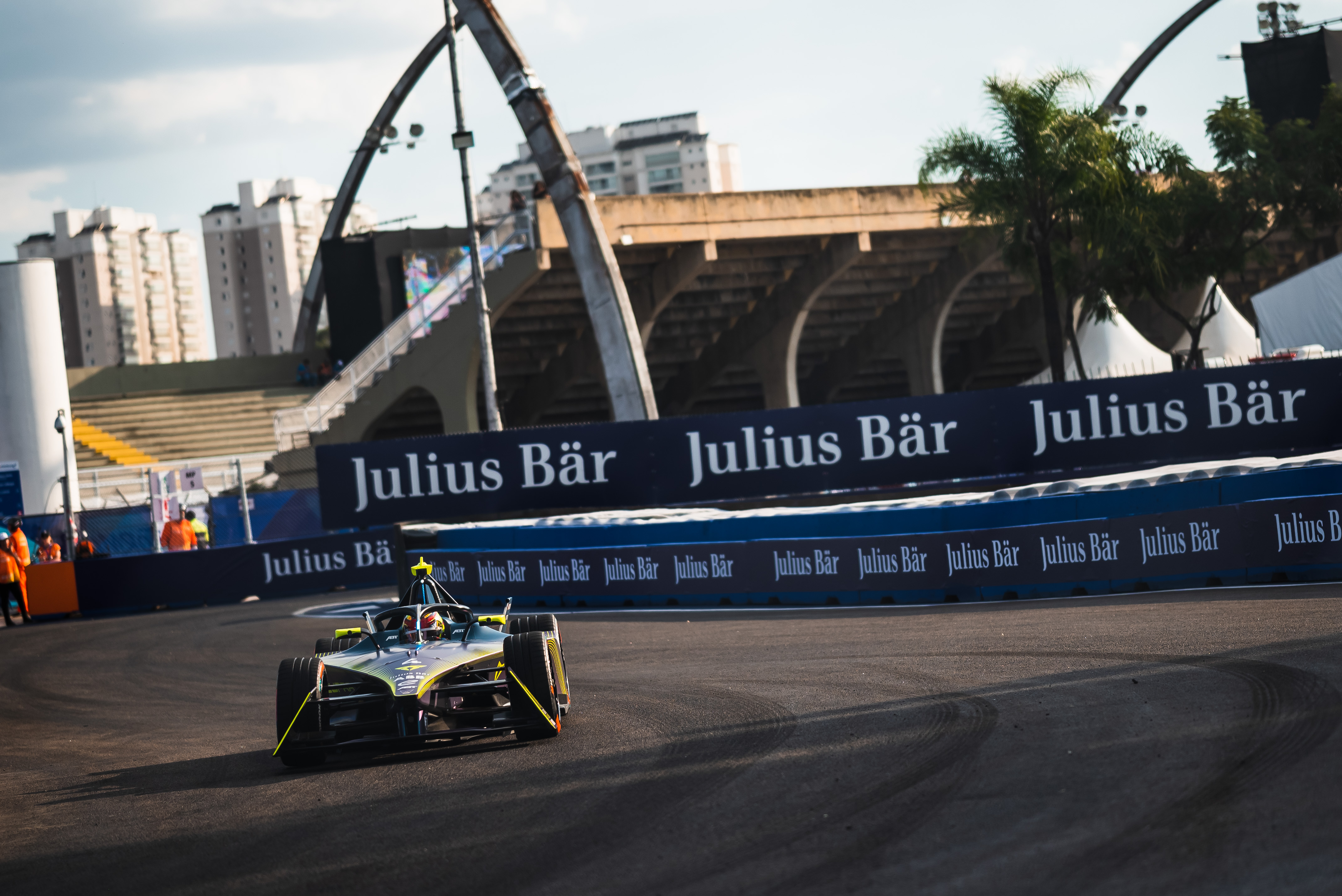
Additionally, the cumulative audiences on free-to-air TV coverage (both live and non-live) is so far this year down on 2022 by 31% in Germany, 47% in France and 26% in the UK. This though has to be caveated by the less-than-optimal times for many of the European races being shown this season and the fact that Rome and London are still to come this season.
Those will be big races for Formula E; so too will be the Portland race next week. As Formula E pushes to try to get a race in Los Angeles, now probably for 2025, Portland is likely to get another event in 2024 and perhaps become a second race option for Formula E in North America too.
Building up a major, globally renowned event in modern motorsport is tough but not impossible. In the last quarter of a century the likes of Petit Le Mans and the Bathurst 12 Hour have emerged to be internationally renowned festivals of racing.
Can Formula E do something similar? Yes. Will it be in the same vein? No. Formula E does things different and wouldn’t want it any other way. While calendar stability may prove difficult, it can and should curate at least one event that becomes its true jewel in the crown.


